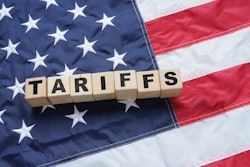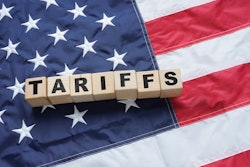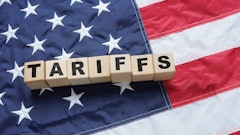
On April 2, President Donald Trump announced new reciprocal duties on imports from 185 countries. Citing the new tariffs, J.P. Morgan became the first major Wall Street institution to forecast a U.S. recession in the second half of 2025, indicating that in addition to higher inflation, the tariffs would likely result in rising unemployment and slower growth.
In addition to these indicators, inventories have reached their highest levels since 2022, indicating stockpiling amidst tariff uncertainty. Measures of distressed debt increased worldwide to their highest levels in 15 months. Moody's estimates that global default rates could rise to 8% over the next year from under 5% at the start of April.
With more than $43 billion in bonds and loans reaching rates that will make it harder for companies to refinance, it is expected that many companies will need to restructure via bankruptcy or through other methods outside of the courts, according to Everstream Analytics data. In fact, data shows that plant closures, insolvencies, and layoffs in the United States have more than doubled in the first quarter of 2025 compared to the first quarter of 2024.
Key takeaways:
· Automotive and agriculture sectors to see the heaviest immediate impacts.
· Sectors dependent on Asian electronic components to see price hikes.
· Small companies will find it hardest to compete globally.




















